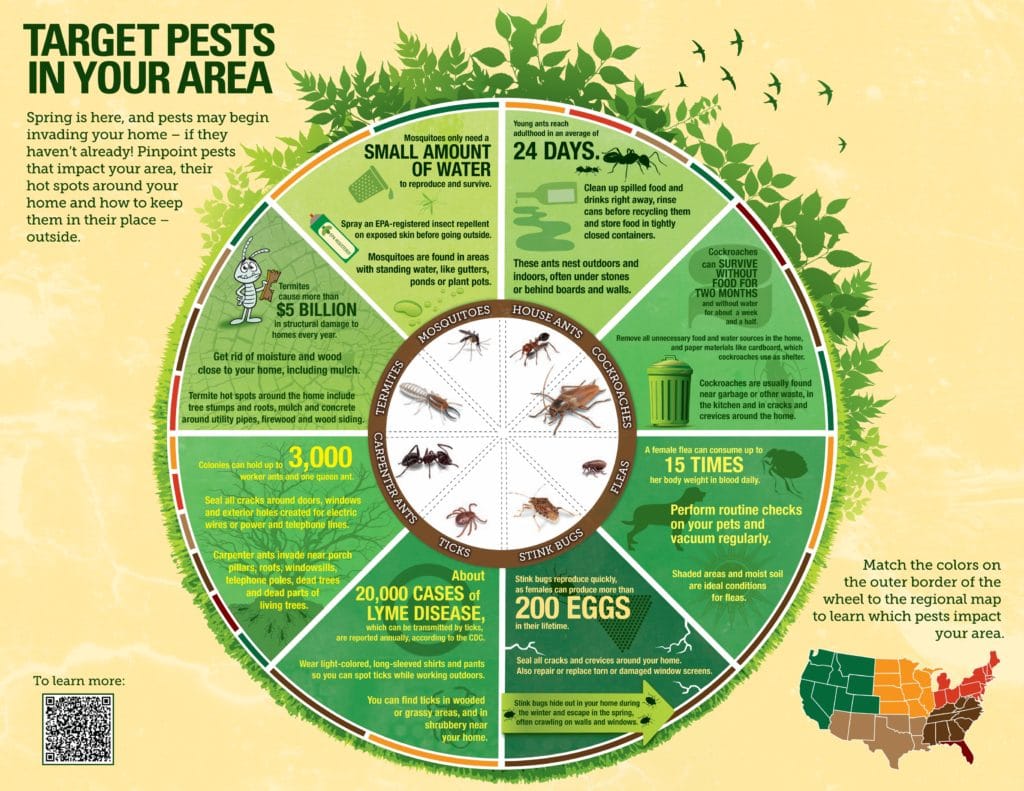Insights From Insect Professionals On Just How To Properly Recognize Bed Bugs: The Ultimate Manual
Insights From Insect Professionals On Just How To Properly Recognize Bed Bugs: The Ultimate Manual
Blog Article
Team Writer-Cruz Byrd
Visualize waking up one early morning feeling itchy throughout, only to uncover little red bite marks on your limbs. You stress, questioning what might have created this discomfort, when instantly a thought crosses your mind: bed pests.
These evasive insects are like quiet ninjas, creeping into your home and wreaking havoc while you sleep. However anxiety not, for in this complete overview, we will certainly untangle the keys of identifying these blood-sucking animals, with important understandings from bug specialists who have actually fought them firsthand.
Prepare to reveal the concealed world of bed insects and get the knowledge you need to protect your home and your peace of mind.
Look and Actions
To recognize bed bugs, it's important to be accustomed to their unique look and actions. best termite exterminator near me are tiny, oval-shaped bugs that are about the dimension of an apple seed. They've flat bodies, which allow them to conceal in cracks and gaps during the day. Their shade can differ from a clear yellowish-white to a reddish-brown, depending on whether they've recently fed.
Bed insects are nighttime animals, meaning they're most energetic during the night when they appear to feed on human blood. They're drawn in to the heat and co2 sent out by their resting sufferers. If you wake up with scratchy, red attacks in rows or collections, it may signify a bed pest infestation.
Common Hiding Areas
Bed insects can be found concealing in various areas throughout your home. These sly bugs are specialists at locating low-profile spots to nest and replicate.
One typical hiding place for bed pests is your mattress. They'll delve right into the joints, crevices, and folds, making it challenging to detect them with the nude eye.
visit this backlink recognized to hide in fractures and gaps of furniture, such as sofas and chairs. Keep an eye out for them in the seams, pillows, and also behind loosened wallpaper or peeling paint.
Bed bugs can also conceal in electric outlets, behind walls, and in the spaces between floorboards. Keep in mind, these pests are superb at concealing, so it's necessary to extensively evaluate these areas if you suspect an infestation.
Signs of Infestation
If you presume a bed pest invasion, there are numerous indicators to watch out for. Among one of the most common signs is getting up with itchy, red attacks on your skin. These attacks usually show up in clusters or rows and are usually found on revealed areas such as the face, neck, arms, and legs.
One more indicator is the visibility of little blood spots on your sheets or pillowcases, which occur when you accidentally squash a bed bug while sleeping. You could also observe dark, rust-colored spots on your cushion or furniture, which are bed insect excrement.
Furthermore, bed insects leave their molted skins as they expand, so finding these translucent coverings or tiny white eggs can indicate a problem. If you observe any one of these indicators, it is very important to take instant activity to eliminate the bed insects from your home.
Final thought
Congratulations! You're now a bed insect professional, outfitted with the understanding to spot these tiny horrors. Armed with their sneaky hiding areas and dead giveaways of problem, you can rest easy recognizing that you can outmaneuver these bloodsucking bugs.
So go forth and conquer the battle against bed bugs, leaving no cushion unturned and no bite unnoticed.
Sleep tight, knowing you're the ultimate bed insect detective!
